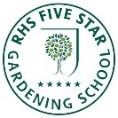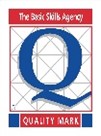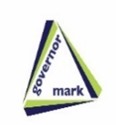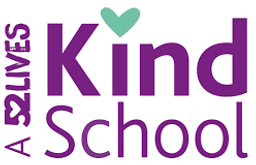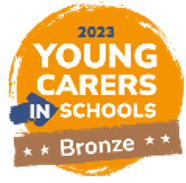
Progression
The programme below shows what is taught and when in Reception and Year 1. Children in Nursery will be taught and take part in sessions relating to Phase 1.
Pronunciation
Each grapheme has a specific picture that is used to introduce it, along with either a pronunciation phrase or a mnemonic to ensure consistency and that all staff are introducing it in exactly the same way. Actions and songs are not used to avoid cognitive overload.
It is vital when pronouncing the sounds that only pure sounds are used and that 'uh' is not added at the end of a word. Please see the videos below to hear how each sound is pronounced.
Phase 2 sounds taught in Reception Autumn 1:
Phase 2 sounds taught in Reception Autumn 2:
Phase 3 sounds taught in Reception Spring 1:
Phase 5 sound taught in Year 1:
How we teach blending:
Vocabulary
There is a large amount of vocabulary and specific terminology that the children acquire when learning phonics. All adults, regardless of their key stage, use the same vocabulary with the children to ensure consistency. Please click the link below for are summary of the main vocabulary used.
Tricky words
Tricky words are words that can not be sounded out easily. They are common words that have complex spellings in them. These words are introduced in phonics lessons in a specific order (see the programme overview)
Daily Keep Up
Any child who is not keeping with the pace of the programme will receive daily keep up sessions. These sessions take place either individually or in a small group and focus on learning previously taught graphemes as well as reading words containing them. At the end of the session the child will be given a label with either the grapheme they learnt or a word. This label is placed upside down so that child can easily read it themselves.






